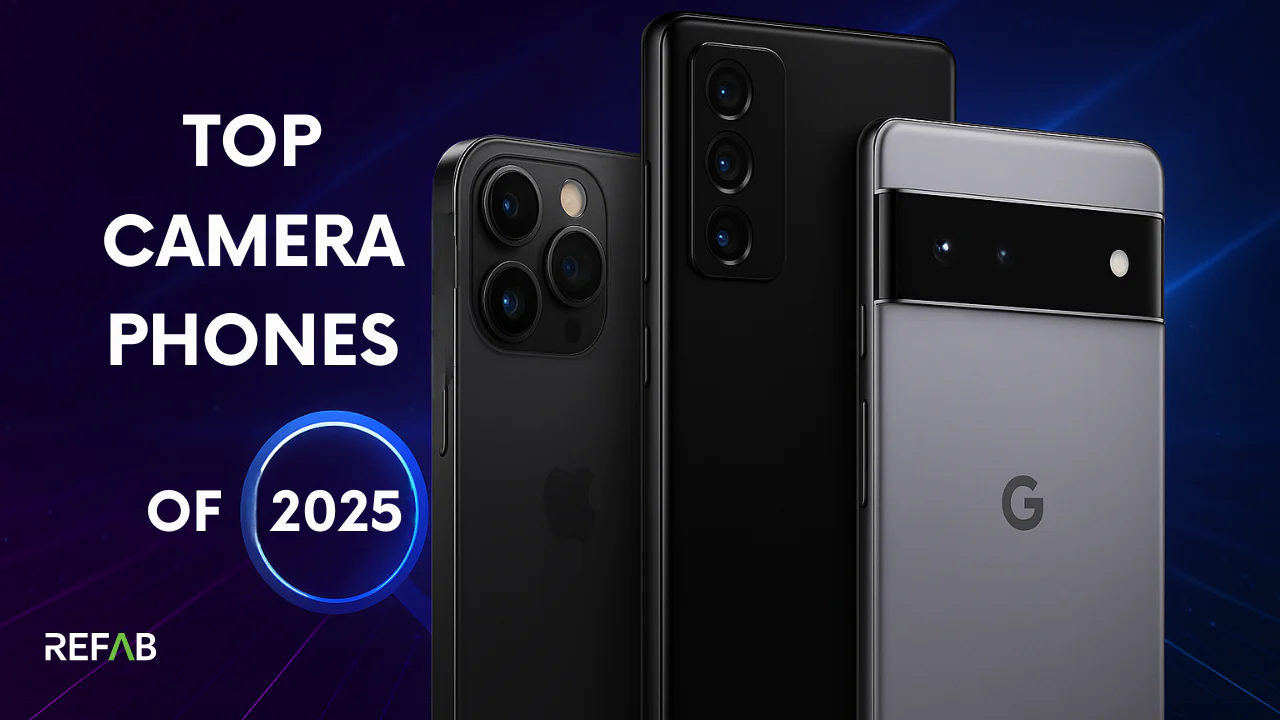
The world of smartphone photography has evolved dramatically over the last decade. Today’s phones are more than just communication devices, they’re powerful imaging tools capable of capturing stunning, DSLR-like shots. Behind this revolution are three industry titans: Sony, Samsung, and Leica. Each brand brings a distinct philosophy and cutting-edge technology to the table, pushing smartphone cameras to unprecedented levels. In this article, we’ll explore how these giants are reshaping mobile photography in 2025 and examine who might be leading this high-resolution race.
Sony: The Silent Leader Behind the Lens
While Sony isn’t always the front-facing brand in smartphone cameras, it plays a crucial role as the largest supplier of camera sensors in the world. Its Exmor RS and Exmor T stacked CMOS sensors power flagship devices from Apple, Xiaomi, and even Samsung.
- Sony Xperia 1 VI: As a standalone smartphone brand, Sony is targeting professionals with its Xperia line. The Xperia 1 VI features a 1-inch sensor, true optical zoom, and real-time Eye AF (autofocus) borrowed from its Alpha series.
- Sensor Innovation: Sony’s new two-layer transistor pixel technology enhances low-light performance and dynamic range, making even night shots incredibly detailed.
Sony’s strength lies in sensor supremacy, with deep expertise in optics, color science, and AI-enhanced processing.
Samsung: Hardware Beast with AI Brains
Samsung, a leader in the smartphone space, is known for pushing the envelope in hardware, megapixel counts, and computational photography.
- Samsung Galaxy S25 Ultra: The flagship model boasts a 200MP ISOCELL HP3 sensor, with adaptive pixel binning and AI-powered scene detection that automatically adjusts color, exposure, and HDR in real time.
- Hybrid Zoom Mastery: Samsung combines periscope zoom lenses and digital AI enhancement to deliver up to 100x Space Zoom, a feature unmatched by most rivals.
- Expert RAW and Pro Mode: For enthusiasts, Samsung’s software offers manual controls, multi-frame HDR, and RAW file shooting for advanced editing.
Samsung balances brute-force hardware with ever-improving AI enhancements, ideal for everyday users and photo hobbyists alike.
Leica: The Luxury Touch in Mobile Imaging
Originally known for its legendary cameras, Leica has entered the smartphone world through high-end collaborations with PEH888 เข้าสู่ระบบ brands like Xiaomi and Sharp.
- Xiaomi 14 Ultra (co-engineered with Leica): Features a 1-inch Sony sensor, but optimized by Leica’s color science, custom image tuning, and unique Leica Authentic & Vibrant modes.
- Leica Leitz Phone 3: A Japan-exclusive phone focused on pure image quality, with a minimalist UI and native support for Leica’s signature look.
Leica’s edge lies in its cinematic tones, optical craftsmanship, and philosophy of image storytelling. While not mainstream, Leica’s presence is influencing how flagship phones deliver more artistic photography experiences.
Conclusion
The smartphone camera battle in 2025 is fiercer than ever, with Sony, Samsung, and Leica each driving innovation in unique ways. Sony dominates with its sensor technology and professional focus, Samsung wins in computational power and versatility, while Leica redefines mobile photography as an art form. The winner? It depends on what you value most technical precision, software intelligence, or creative storytelling.
As mobile photography continues to evolve, one thing is certain: your smartphone is no longer just a camera replacement, it’s a powerful creative tool shaped by giants of the imaging world.